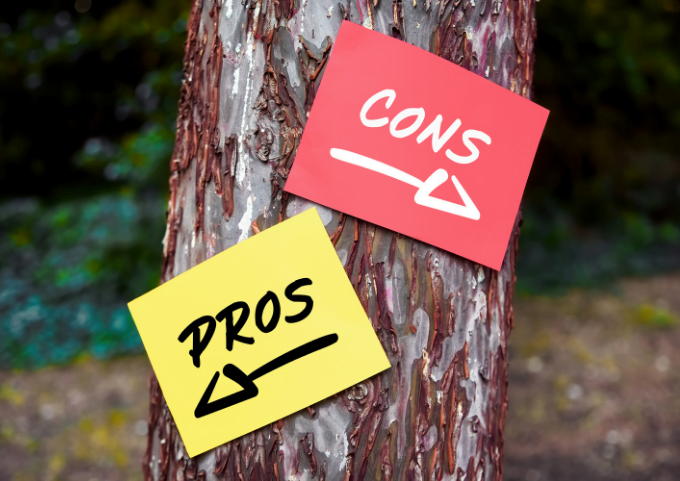This post about memorisation strategies for struggling music students was originally published in January 2016 and updated in December 2020.
For some students, memorising music just comes naturally. But for most of us – myself included! – it just doesn’t. I want my music students to have memorisation strategies at hand for these situations.

I don’t require memorisation very often. For recitals, I encourage it, but many students play from the score and I really don’t see a problem with that.
Why make students memorise music?
In the world of music teaching, there are almost as many opinions about requiring memorisation as there are about making recitals mandatory in the first place. After all, there’s nothing like watching your students strut across the stage, play their pieces flawlessly from memory then turn and bow to their beaming parents.
So, with that in mind, shouldn’t we require all of our students to memorise their music for performances?
The Pros of Memorising Music
For many students, memorising their music can be a positive and beneficial experience.
- Some students perform better when their music is memorised
- Having a few pieces memorised means you can play anytime, anywhere
- In many cases, the process of memorising helps students know the music better at a fundamental level

The Cons of Memorising Music
While those are all good things, let me explain my rationale for not making memorisation mandatory for all of our students.
- If a student has a memory slip when performing, it can shatter their confidence
- It takes a lot of time to memorise music
- Playing from memory can lead to under-confidence with their own reading abilities
My Memorisation Strategy
Sometimes playing from memory is just required in the world of music, plain and simple.
I think the trick to memorising pieces effectively and reliably is to build up very slowly over time.
I can assist students with some of the memorisation within the lesson, but it’s impossible to do all of the work in just 45 minutes a week. That’s where this step-by-step process comes in, so students know how to memorise music.
Pick 1 section each week; usually 4-8 bars (measures) works best. Then walk through the memorisation strategies with your music students during their lessons to make sure they understand the process.
Memorisation Process Day 1
- Play the right hand with the score, slowly. Take time to notice patterns or repeats which may help you to remember it.
- When you think you can remember it, cover the score and attempt to play it from memory. If you can, go to the next step. If not, go back to the first step.
- Uncover the score and play the right hand with the music again. Make a note of any mistakes you made in step 2.
- Cover the score and try the right hand again.
- Repeat steps 3 and 4 until you are sure your memory is secure.

Memorisation Process Day 2
- Without opening the score, try to play the right hand from Day 1. Then open the score and play the right hand to check for any mistakes.
- Play the left hand with the score, slowly. Take time to notice patterns or repeats which may help you to remember it.
- When you think you can remember it, cover the score and attempt to play the left hand from memory. If you can, go to the next step. If not, go back to the step 2.
- Uncover the score and play the left hand with the music again. Make a note of any mistakes you made in step 3.
- Cover the score and try the left hand again.
- Repeat steps 4 and 5 until you are sure your memory is secure.
Memorisation Process Day 3
- Without opening the score, try to play the right hand from Day 1. Then, try to play the left hand from Day 2.
- Open the score and play the right hand to check for any mistakes. Then play the left hand to check for mistakes.
- Cover the score once again and play the right hand, followed by the left hand.
- Without uncovering the score, try to figure out how the two hands fit together. Take your time and give it your best shot.
- Now uncover the score and play both hands together from the music.
- Try to play with the score, then without as you did for the right and left hands separately on Days 1 & 2.
Memorisation Process Days 4, 5 and 6
Repeat these 3 steps each day for the rest of the week.
- From memory, play the right hand, then the left, then hands together.
- Check your memory by playing with the score.
- Play 3 more times hands together from memory.
This is a very involved process of course. But like I said, I don’t require memorisation very often, and not all students struggle to memorise music. When it’s needed, though, it’s good to have this strategy in your back pocket.
Want more strategies to help your students make the most of their practice week? Head over to my Piano Practice page.
How much memorising do your students do?
Do you require it for recitals? What memorisation strategies or tips to you give your music students when they’re preparing to play from memory? Share your thoughts in the comments below, or in the Vibrant Music Studio Teachers group on Facebook.

Great ideas. Also if they know the key chords in the left hand that would make it easier to memorise. Thank you
Absolutely! This process usually starts after we have done a score study of some sort. Depending on the students level this might mean identifying chords, form, patterns etc.
Thank you excellent advise